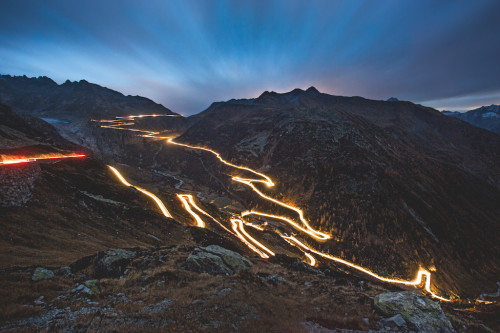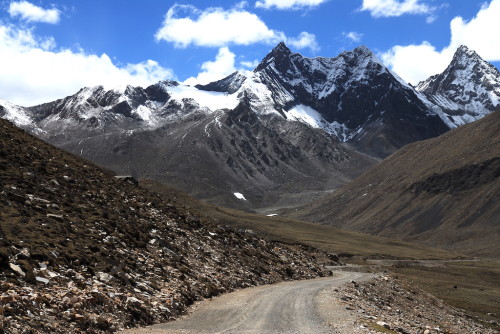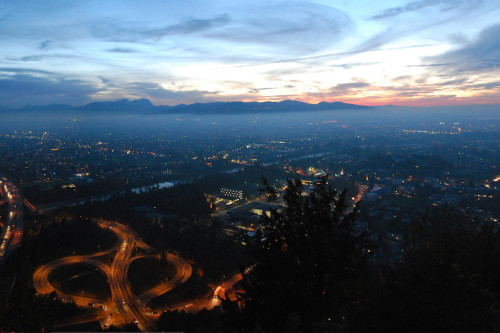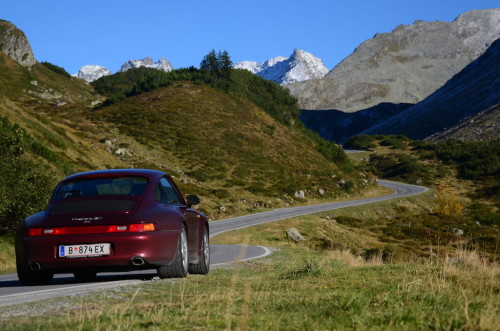For most people and much of human history, mountain passes evoked visions or memories of anything but pleasure. Instead, they were associated with the pinnacle of hardship as traders, exhausted and starving, struggled to carry their wares across mountain ranges wrapped in deep snow and whipped by ferocious winds. Or they were frozen graveyards of soldiers since mountain ranges formed natural boundaries turned political borders. Mountain passes were the places where one came face-to-face with the enemy and the violence of war.
How different my world is. I grew up in the heart of the Alps and in a period of peace and unprecedented wealth creation: there are fabulous roads to drive across the Alps and the only enemy I recall encountering at the top of a mountain pass was a bird that shat into my open-top car while I got myself a grilled sausage from a stand by the roadside.
According to one website for motorbikers, there are over 300 mountain passes dotting the Alps. I must have driven across at least a third of them, including some of the highest, like the Col de la Bonette in eastern France.
(When I drove across this one many years ago I felt quite proud, though I’ve since driven over a mountain pass on the S304 in Tibet that’s early twice as high, topping out at 5,450m.)
Once, on one day alone, I crossed fifteen Alpine passes. On days like these, when I have the luxury of driving for fun, the agony of waking to the sound of an alarm clock in the early hours of the morning was almost instantaneously replaced with eager anticipation of the treat to come. In no time, I was up, dressed, had put on my soft driving shoes (all the better to work the pedals), and had rushed out to my car.
On that morning I started off in Bregenz, an Austrian town by Lake Constance. At first, with the early morning temperature hovering around five degrees Celsius, the car’s engine was still cold, not ready to be put through its paces. The engine spluttered and vibrated edgily in its compartment. But by the time I reached the city boundaries, heading south, it was purring and I was raring to go.
When the last of the city’s stop-lights turned green, it threw open the road before me. I sped up and found myself rushing toward immense beauty: the black, purple, pink and orange of dawn in the Rhine valley. There was the instant thrill of being pressed into my seat, feeling the engine coming, then coming again, and again, as I shifted through the gears. It was a sensation of total immersion and bursting free, both at the same time.
About an hour later, the sun rose and divided the world in two, the still-dark valleys below and the glorious mountains above. In fact, I had finished climbing the first mountain, the Bielerhöhe, which separates Austria’s two western-most states, and was already descending into a Tyrolean valley, negotiating hairpin turns on the way down, one after another.
The only way I can describe driving among those mountains on that day is as a sensation of near-flight…
Come back for the continuation of On days like these … soon…




